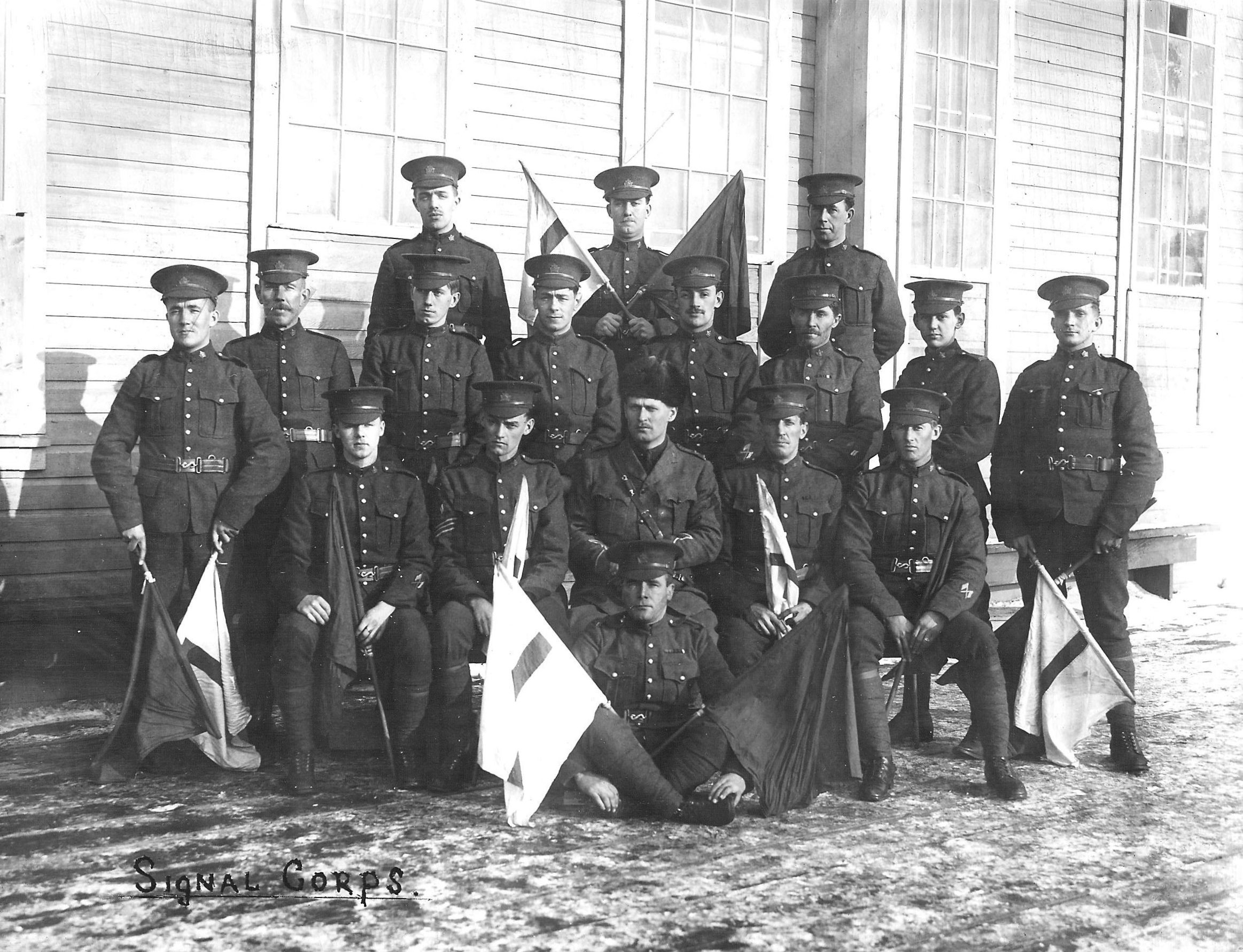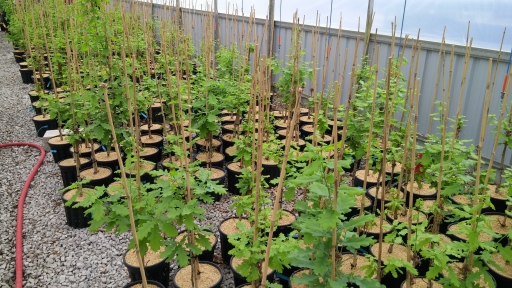An ambitious project is under way in Canada to ‘repatriate’ descendants of French oak trees for the centenary commemorations of the Battle of Vimy Ridge in 2017.
The foresight of a soldier in the Canadian Expeditionary Force ensured that some trees would live on after the destruction of April 1917.
Lieutenant Leslie H. Miller gathered up acorns from the battlefield and sent them home.
100 years later, young shoots obtained from the mighty oaks which grew on the family farm in Ontario are being carefully nurtured in readiness their return to France.
The aim is to plant them on the ‘Chemin des Canadiens’, the road leading to the Canadian National Vimy Memorial, one of the most distinctive monuments to the dead of the Great War.
The Vimy Oaks Project, a small voluntary group, says it wants “to create a living memorial to honour the memory of all those who fought; connecting modern Canada and modern France; reaffirming our comradeship with France and her people; underscoring Canada and Canadians’ commitment to ‘Standing on Guard’ for freedom and liberal democracy”.

Lieutenant Leslie Miller (far left) with the Canadian Signal Corp (Photo courtesy of Lt. Miller’s family)
There’ve been challenges along the way; only three acorns were collected after a severe ice storm in Ontario in 2013/4.
As the Vimy Oaks Project puts it, a ‘Plan B’ had to be found on the other side of Canada,
Cuttings from the Vimy Oaks were grafted onto French/English oak root stock from Mosterman Plant Nursery in British Columbia.
Several hundred grafted saplings are growing, and thanks to an accelerated growing process, the next generation of oaks will be ready for return to France as part of Canada’s First World War commemorations.
The Vimy Oaks Project is working in partnership with the Vimy Foundation, as it prepares for the 100th anniversary of the battle. Plans for the 2017 Centennial include the opening of a new visitor education centre at Vimy.
Lieutenant Leslie H. Miller spent most of his war years in the Nord-Pas-de-Calais region of France, serving as a communications specialist.
Upon returning to Canada, Lieutenant Miller was unable, for health reasons, to resume his teaching career. His father gave him 24 acres of the family farm where his Vimy Oaks were growing, and he named his land “The Vimy Oaks”.
Sources: Vimy Oaks Project; Canadian War Museum; Vimy Foundation; Wikipedia
Images: Caitlin Ayling/NVK Nurseries
Posted by: CN Editorial Team
